Erkko is a Finnish family known for their ownership of the newspaper Helsingin Sanomat .
Erkko is a Finnish family known for their ownership of the newspaper Helsingin Sanomat .
Helsingin Sanomat, abbreviated HS and colloquially known as Hesari, is the largest subscription newspaper in Finland and the Nordic countries, owned by Sanoma. Except after certain holidays, it is published daily. Its name derives from that of the Finnish capital, Helsinki, where it is published. It is considered a newspaper of record for Finland.

Ilta-Sanomat is one of Finland's two prominent tabloid-size evening newspapers and the largest paper in the country. Its counterpart and biggest rival is Iltalehti.
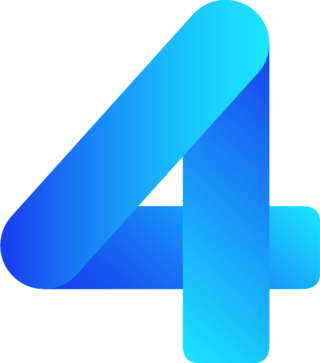
Nelonen is a Finnish commercial television channel. It started out as Helsinki's local television channel PTV in 1990 on the HTV cable network, and changed its name first to PTV4. On June 1, 1997, the channel expanded to national coverage and changed its name to Nelonen, the Finnish name of the number four. Nelonen is mostly owned by Sanoma Corporation, which owns the Helsingin Sanomat and Ilta-Sanomat newspapers. Its largest owner was Aatos Erkko. Much of its programming is imported Australian, American, British, and European programs with Finnish captions. Its main market is the 25-44 demographic.

Aatos Juho Michel Erkko was a Finnish newspaper editor, newspaper publisher, and the main owner of the Sanoma Corporation and the newspaper Helsingin Sanomat, of which he was also the editor in chief.
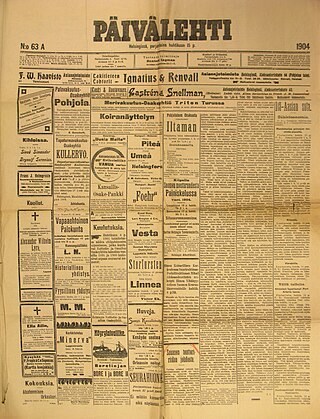
Päivälehti was a newspaper in Finland, which was then a Grand Duchy under the Czar of Russia. The paper was founded in 1889 as the organ of the Young Finnish Party and was published six days a week. The founding company of the paper was Sanoma which also started its activities the same year. The founder of the paper was the Finnish journalist and later politician Eero Erkko who also served as its editor-in-chief.
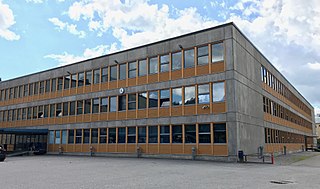
Helsingin Suomalainen Yhteiskoulu, commonly abbreviated SYK, is a prestigious free elementary, middle and high school in the Etelä-Haaga district of Helsinki, Finland.
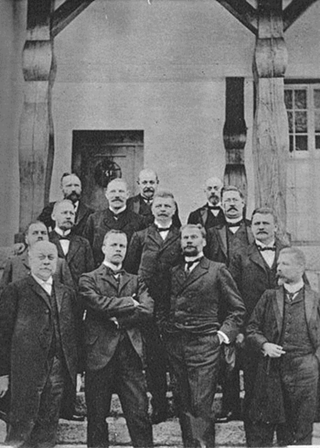
In the history of Finland, the Kagal was a resistance movement that existed before the 1905 Russian Revolution and founded under the period of Russian oppression, in resistance to the oppressive government of Governor-General Nikolai Bobrikov which actively conducted Russification of Finland. The name comes via Russian from qahal. The word was a mocking name used by Russian conservative newspapers as a means of ridicule when referring to the anti-government activity in Finland. In the original meaning, Kagal/Kahal referred to a central body for the Jewish congregations of Russia.
Eero is an Estonian and Finnish masculine given name. Notable people with the name include:
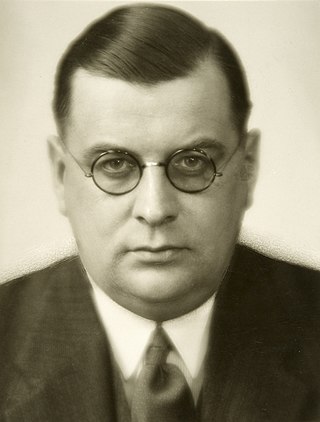
Juho Eljas Erkko was a Finnish politician and journalist. He was a foreign minister and negotiated with the Soviet Union before the Winter War started. Erkko's father too was a politician and journalist, Eero Erkko; his son was journalist Aatos Erkko.

Eero Erkko was a Finnish journalist and politician. He served as minister of social affairs from 27 November 1918 to 17 April 1919, minister of transport and public works from 17 April to 15 August 1919 and Minister of Trade and Industry from 15 August 1919 to 15 March 1920. He was a member of the Diet of Finland from 1894 to 1900 and again from 1905 to 1906 and of the Parliament of Finland from 1907 to 1919, representing the Young Finnish Party until 1918 and the National Progressive Party from 1918 to 1919.
Valitut Palat is a monthly general-interest family magazine published in Helsinki, Finland. It is the Finnish edition of Reader's Digest.
Eero Milonoff is a Finnish actor. He won a Guldbagge Award for his role in the 2018 film Border, and he has been a nominee at the Jussi Awards for his roles in the films Ganes (2007) and The Happiest Day in the Life of Olli Mäki (2016).
The following lists events that happened in 2012 in Finland.
The Finnish Labor Front was a Nazi party in Finland during the 1930s.
Rising Finland was a Finnish political association founded on October 5, 1940. It aimed to "nurture the Spirit of the Winter War", promote the idea of a united people, to reorganize the bourgeois party field and to create a stronger leadership and increasing personal responsibility. According to the organization, its goal was to bring together citizens around national symbols whose value was "perceived by all our people in the great trials of the 1939-1940 War of Independence".
John Rosberg was a Finnish engineer and technical director of the Helsinki Telephone Association who was involved in far-right activities in the 1930s and 1940s.

Viikkosanomat was an illustrated weekly news magazine in Finland which was published between 1922 and 1975. During its lifetime it was one of the most read magazines in the country.